BH
. . . .
I have assisted my heat pump with kerosene heaters for many years. In the past few years (thanks and FJB), the cost of K1 has become almost prohibitive for heat. Last year and this, our local K1 supply has been in the $6.50 / gallon range. In addition to the cost, the availability locally has gotten quite sparse. Using up to a gallon a day for supplemtal heat has gotten tough to justify (and find). I searched for K1 alternatives for heaters and found a lot of links like the following.
Our closest gas station / grocery has off-road diesel for 20 cents less than the vehicle pump price. Yesterday I bought 4 gallons for $15 instead of the $26 I have been paying. I brought it home and added 160ml of 91% isopropyl to the can (40ml/gal). I filled my oldest heater with the new mix. There was K1 in the bottom and in the wick, so it lit normally. After a couple of hours the heater glowed normally although the heat output seemed a little less. We let it run for hours and the living room and bar got real comfy (about 75-76 degrees w/no heat pump - outside was 40's). After maybe 6 hours I shut it down and the tank still felt almost full (moreso than with K1 for the same amount of time, IIRC).
This morning, I lit it again (this time no K1 remained). It took longer for the normal glow to appear, but once it did it feels like it did last night. It actually seems to burn cleaner and the old smoky, petrol smell just isn't there. We have both smoke and CO2 detectors, don't think I would have tried this without them.
Aside from the cost savings ($6.50 for K1 vs yesterday's $3.91 for the mix), the diesel is available from any gas station that has vehicle diesel (everywhere) and the 91% alcohol is $4.00 a quart at Walmart (a quart of alcohol will do almost 24 gallons at 40ml/gal - 17 cents for the alcohol). I know this will shorten the wick life, but how much it shortens it will be determined (don't see that as a show stopper).
Not recommending or endorsing this for anyone, YMMV of course, but then again, kerosene heaters aren't for everyone. This appears to have addressed my immediate concerns for my aux heat. If any detrimental effects are uncovered, I'll update this thread.
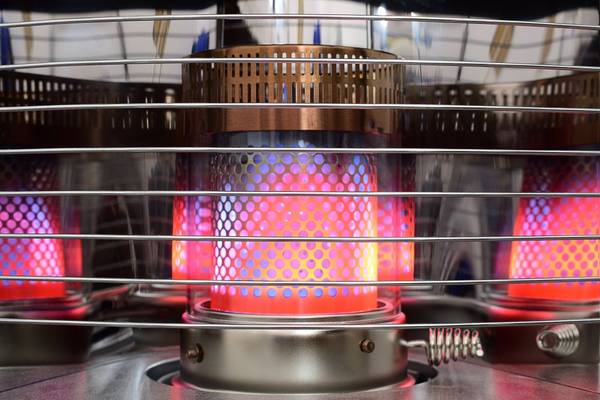
 thecampingadvisor.com
thecampingadvisor.com

 preparednessadvice.com
preparednessadvice.com
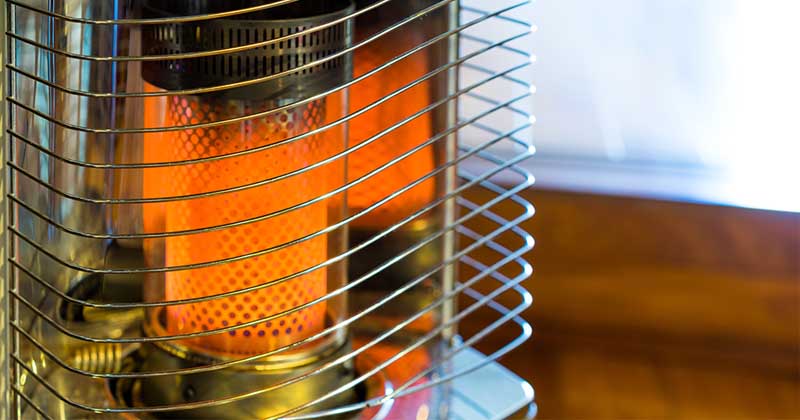
 www.primalsurvivor.net
www.primalsurvivor.net

 upgradedhome.com
upgradedhome.com
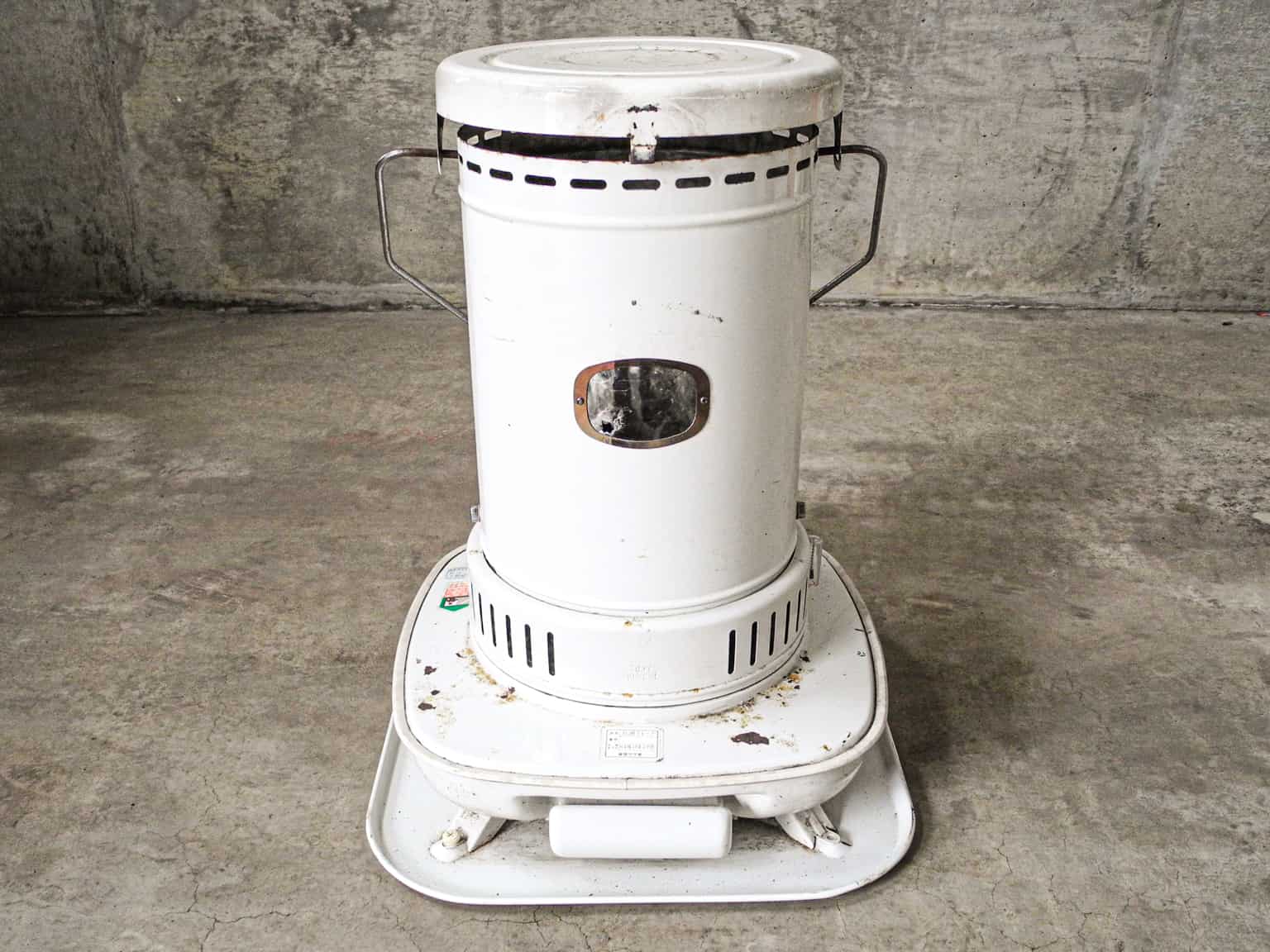
 www.survivalsullivan.com
www.survivalsullivan.com
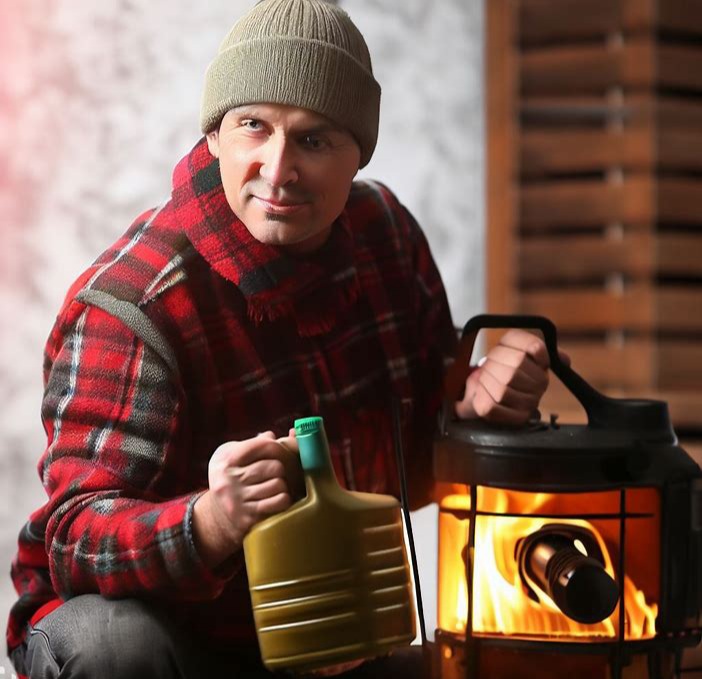
Our closest gas station / grocery has off-road diesel for 20 cents less than the vehicle pump price. Yesterday I bought 4 gallons for $15 instead of the $26 I have been paying. I brought it home and added 160ml of 91% isopropyl to the can (40ml/gal). I filled my oldest heater with the new mix. There was K1 in the bottom and in the wick, so it lit normally. After a couple of hours the heater glowed normally although the heat output seemed a little less. We let it run for hours and the living room and bar got real comfy (about 75-76 degrees w/no heat pump - outside was 40's). After maybe 6 hours I shut it down and the tank still felt almost full (moreso than with K1 for the same amount of time, IIRC).
This morning, I lit it again (this time no K1 remained). It took longer for the normal glow to appear, but once it did it feels like it did last night. It actually seems to burn cleaner and the old smoky, petrol smell just isn't there. We have both smoke and CO2 detectors, don't think I would have tried this without them.
Aside from the cost savings ($6.50 for K1 vs yesterday's $3.91 for the mix), the diesel is available from any gas station that has vehicle diesel (everywhere) and the 91% alcohol is $4.00 a quart at Walmart (a quart of alcohol will do almost 24 gallons at 40ml/gal - 17 cents for the alcohol). I know this will shorten the wick life, but how much it shortens it will be determined (don't see that as a show stopper).
Not recommending or endorsing this for anyone, YMMV of course, but then again, kerosene heaters aren't for everyone. This appears to have addressed my immediate concerns for my aux heat. If any detrimental effects are uncovered, I'll update this thread.

Can You Use Diesel in a Kerosene Heater? (How To Mix)
Yes, diesel is supposed to be a reliable and safe alternative to burning kerosene. The trick is to make sure you mix the diesel fuel well with another...

Can You Use Diesel in a Kerosene Heater? The Comprehensive Guide - PREPAREDNESS ADVICE
Diesel fuel is a popular choice for powering vehicles, but can you use diesel in a kerosene heater? In this comprehensive guide, we will clear up all the

Can You Use Diesel in a Kerosene Heater? [Solved]
What you need to know to use diesel in a kerosene heater safely, including fuel additives, wick burning issues, sulfur and fume risk.

Can I Use Diesel in A Kerosene Heater?
What do you heat your house with?While many people use natural gas or outdoor propane tanks, some like the variability of space heaters like a kerosene heater.With the rising prices of gasoline and kerosene, you may be considering using diesel fuel in your kerosene heater.This can potentially...

Can Diesel Fuel be Used in a Kerosene Heater? Risks and Benefits
Yes, diesel fuel can be used safely in kerosene heaters as an alternate fuel to normal kerosene. Find out how to do it here.

Can You Mix Kerosene And Diesel In A Heater: Safe or Not!
Are you unsure about using mixed fuels in your heater? You're not alone, and you might be surprised to learn that mixing kerosene and diesel in a heater is an
heatingsystemwiki.com

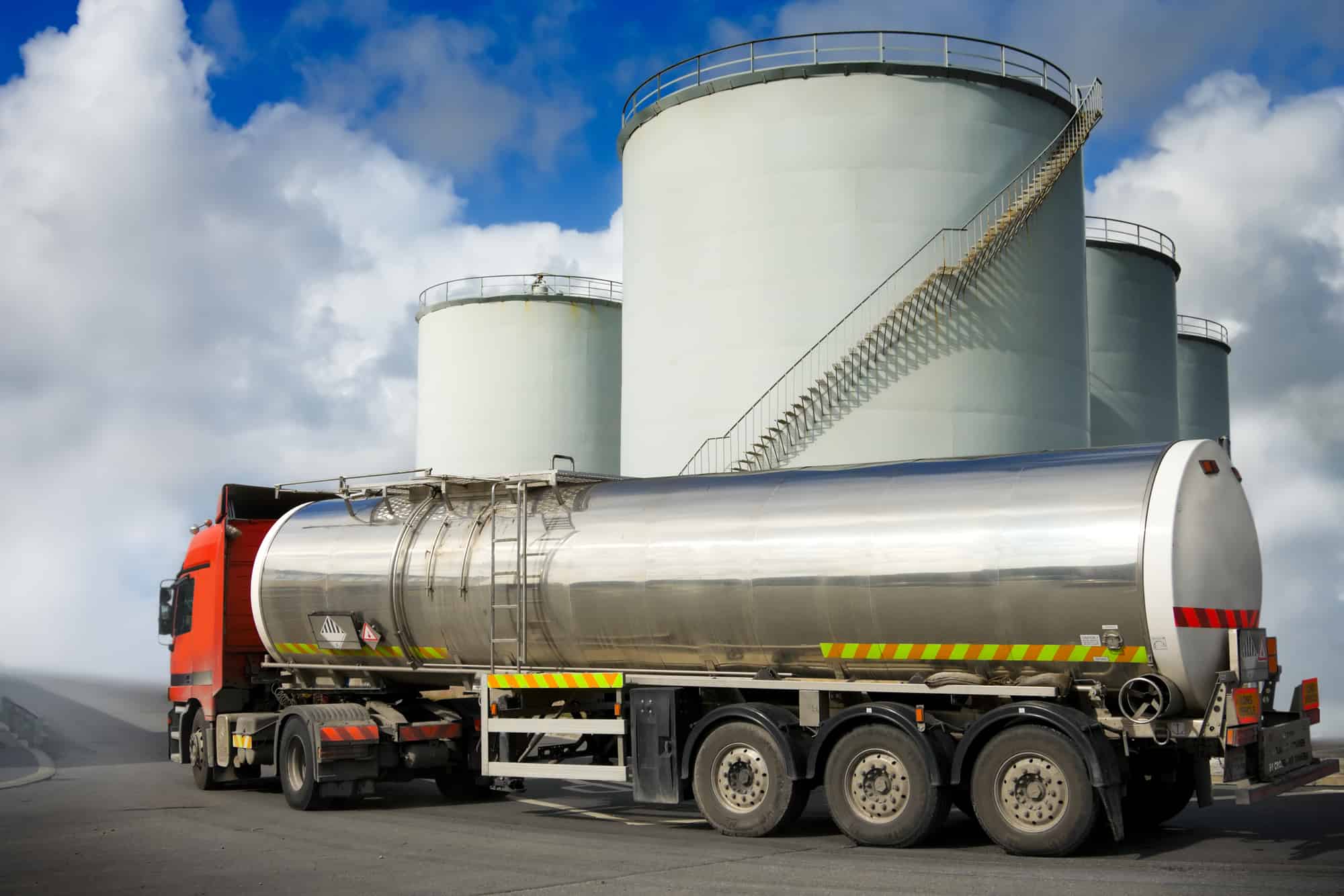
 .
.
